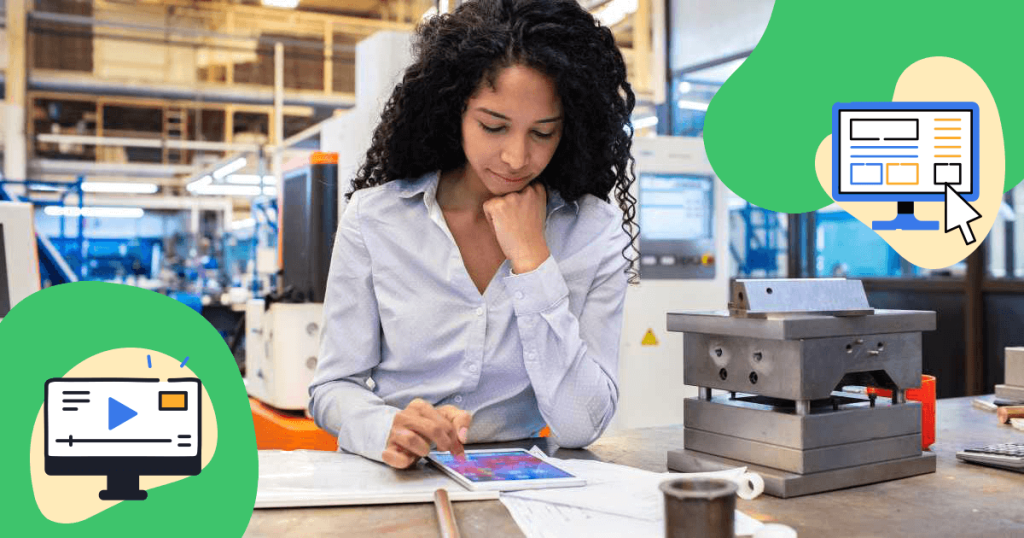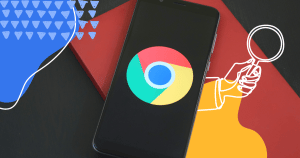If you believe that artificial intelligence is still merely a technology of the utopian future, we’re sorry to burst your bubble — it’s very much here, and there are hard-rock facts backing this point:
- The New York Times reports that Carnegie Mellon University plans to create a research center that focuses on the ethics of artificial intelligence.
- Harvard Business Review is actively explaining what the rise of AI signifies for management.
- And CNBC is monitoring and analyzing promising AI stocks.
AI is infiltrating every sphere of our lives, bending the reality we all know and are used to; from a regular grocery shopping spree to rocket building, from law and medicine to healthcare.
Design and marketing are no exception to the rule.
There is already an array of different AI tools available to the general public, all of which are redefining design and marketing as you’re reading this article. The clock is ticking, so let’s not waste any more time.
In this article, we’ll look at all the next-level AI technologies with disruptive effects on the design field, and discuss how they will affect design in the years to come.
To avoid any bias, we’re going to tap both into positive applications of AI in design and the ones that — in the long run — may have detrimental effects on design as we know it today.
And, of course, after keeping you at the edge of your seat long enough, we’ll attempt to reach a logical conclusion in terms of the good and bad of AI in design, as well as answer one of the most burning questions today — will AI replace you as a designer?
Oh, and make sure to take notes along the way — some of the concepts outlined in this article may make or break your career, depending on whether or not you take up on them early enough.
- What is AI?
- 6 Ways Artificial Intelligence Will Change the Future of Design
- To sum up: What does the rise of AI technology mean for designers?
What is AI?
Artificial intelligence is a technology designed to teach computers human cognitive abilities so that they can think like humans and mimic their actions.
This becomes possible thanks to machine learning: over time, algorithms get exposed to large arrays of data which they intake and process. This data trains the algorithm to recognize similar data in the future, therefore improving the machine’s performance.
As a result, machines can perform tasks that usually require human intelligence, discernment, and human creativity such as visual perception, speech recognition, decision-making, and language translation.
Some design tasks that used to be the prerogative of humans to this day, can, too, be taken over by AI. Let’s look at the different ways AI can be used in design and how this can, therefore, affect the craft.
6 Ways Artificial Intelligence Will Change the Future of Design
1. Image generation will become quicker
One of the most impressive implications of AI in design is AI image generation software like DALL-E 2.
This innovative AI system has learned the relationship between images and the text used to describe them to create images from textual descriptions.
All you need to do to create an original, unique, realistic image is explain your idea to DALL-E in as much detail as possible, and hit ‘generate’.
The system lets you:
- Create an image from a description in a specific style.
- Make changes to existing images based on natural language instructions.
- Create a range of images stylistically similar to or inspired by the one you upload.
DALL-E 2 isn’t available to the general public yet, but the creator of the system, OpenAI, is already expanding access to the tool to a greater number of people from the waitlist, expecting to accept over 1 million new users over the next couple of weeks.
Because of the many applications DALL-E 2 has in design and marketing, once the tool becomes available to everyone, it’s likely to change the design game.
In fact, the first cases of using image generation AI for design purposes are already here — Karen Chen, a digital artist, created a magazine cover for Cosmopolitan using DALL-E 2:
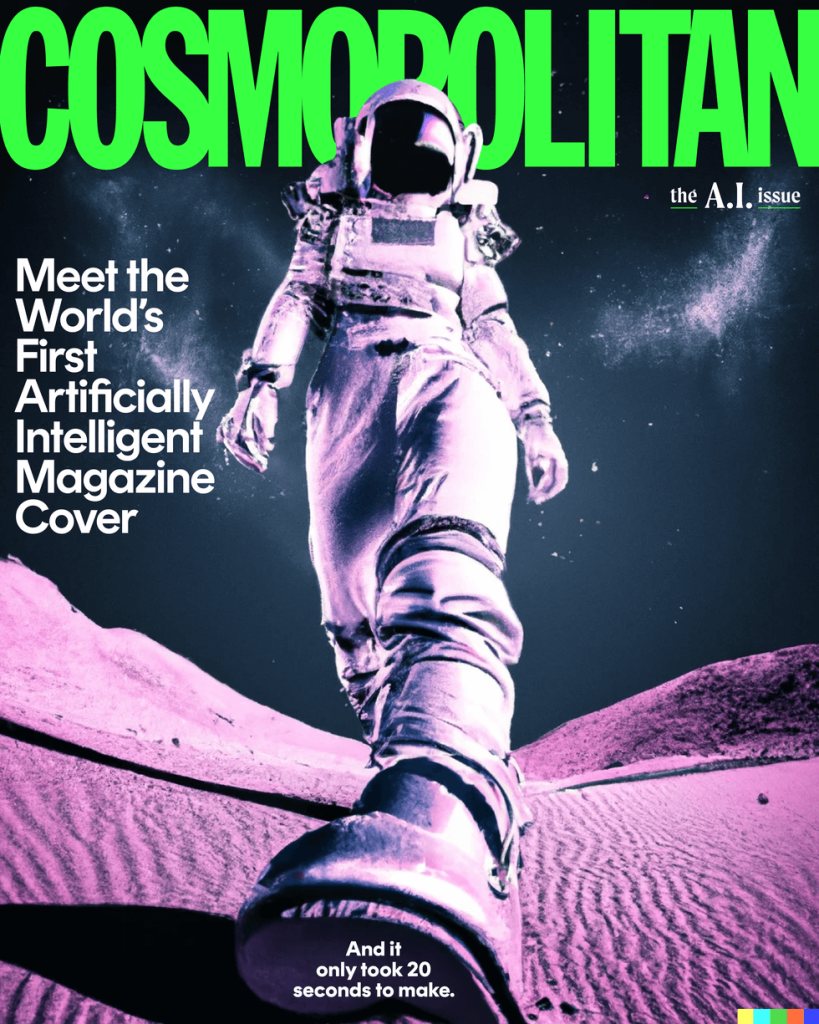
One of the best advantages of tools like DALL-E 2 is their ability to generate an unlimited number of stock photos for your design projects.
We predict that in the future, stock photographers will be challenged by all the innovations with AI that generates original images. Perhaps the two will have to work hand in hand.
On top of everything else, AI labels are already a huge social trend — brands embrace those with the hopes of improving consumer experience through convenience, authenticity, accessibility, and trust.
Not only does AI help generate more interesting, appealing visuals, but it also enables self-translating capabilities.
For example, the fruity flavors of beverage brand Kômô are uniquely expressed with artificial patterns generated by the Crosshatch-Automata sketch:
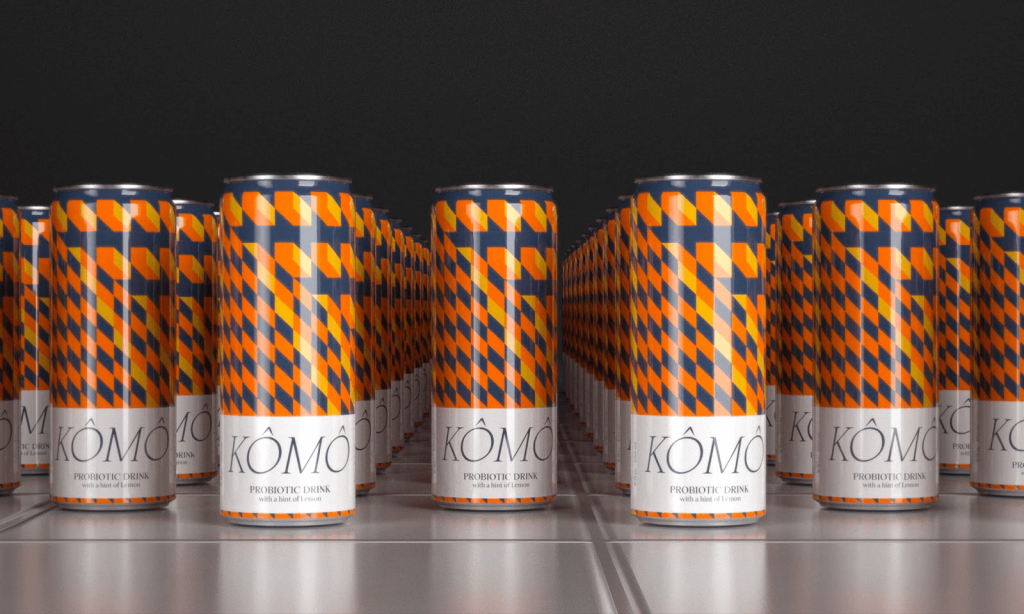
2. Image enhancement is about to get even more impressive
Photo editing isn’t exactly a new concept.
In fact, the history of photo editing and photo manipulation goes back to the distant year of 1841, when Calvert Richard Jones took a photograph of five Capuchin monks and didn’t quite like the outcome.
In the shot, four of the monks were gathered in a group, while the fifth one was in the background, a few feet behind them, ruining the integrity of the composition.
To fix this, Jones blacked the figure of the fifth monk on the negative of the photograph with Indian ink.

Today, photo manipulation is rarely done manually; designers use advanced software to deal with imperfections of a shot.
Nonetheless, the idea behind it remains the same — to improve the quality of the photo, get rid of any flaws, and restore missing parts of an image if they exist.
AI can drastically simplify the process of restoring pictures and improving resolution thanks to various AI-based image enhancement tools.
They can easily turn pixelated, noisy, blurry images into high-quality, clean, and sharp ones. Moreover, they can also help you fix poor lighting, contrast, and color-correct in a matter of seconds.
To do this, AI image enhancement tools replace blurry or pixelated areas with higher-quality ones, sharpen objects, and restore them. Therefore, the transformation occurs without any information loss.
The ability to upscale images is particularly useful for when you need to produce a design that will be printed or used in a large digital installation, but only have a low-quality image to work with.
Resizing the image without any prior enhancement will result in a stretched-out, blurry visual — something you want to avoid when creating visuals for ads, as low-quality images tend to generate less engagement and lower conversion rates.

Some of the most prominent examples of AI image enhancement tools include:
- Vance AI
- Upscaleics
- Remini
- Let’s Enhance
Nonetheless, AI image enhancement tools aren’t 100% foolproof.
If you look up “AI image enhancement fails”, you’ll be hit with a hefty collection of weird-looking images touched up with AI. This opens up a discussion about AI image enhancement drawbacks:
There’s an AI bias
The results of the manipulation heavily depend on the data sets the AI system has been exposed to.
One of the most scandalous examples of this is the AI version of the Barack Obama photo.
When a user uploaded a low-resolution picture of Barack Obama, the first black president of the United States, the algorithm generated a photo of a man with distinctly white features:
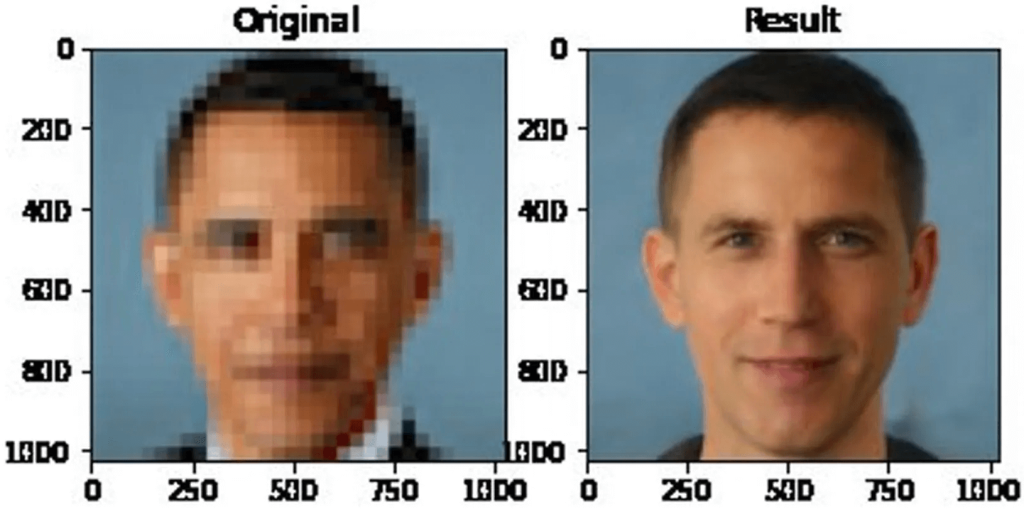
AI doesn’t analyze the picture as a whole
And only works with flawed pixels, which can often create distorted images.
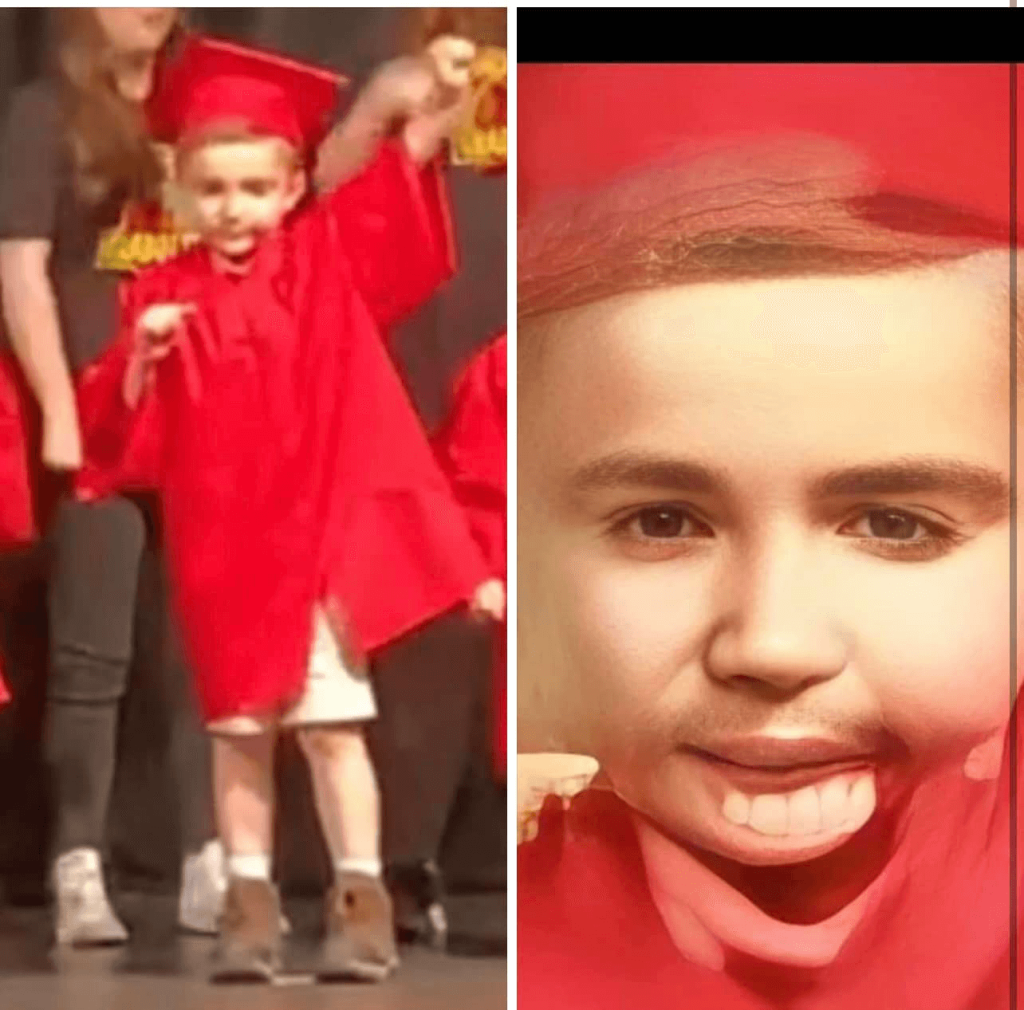
And now, it’s time for a real question: will AI image enhancement start a trend for super crisp, high-res images, or will it do the complete opposite?
We’ve already seen the pendulum effect in action.
Technological advancement gave people an opportunity to take digital images as detailed and clear as possible and designers all over the world decided to go for the old-school, noisy, “grunge” aesthetic instead, manipulating the photos to look as if they were taken on film.
3. Background removal will no longer be a pain in the rear
It doesn’t matter if you ask a design newbie or a designer with years of experience in the field; there will be little to no difference in their answers to the “how do you feel about background removal?” question.
In 9 cases out of 10, the attitude towards background removal is strongly negative. Because, quite frankly, it’s a pain in the rear.
Unfortunately, we don’t live in a perfect world where all objects in photographs exist on a contrasting, monochromatic background.
On the contrary, in the majority of cases, objects are “stuck” to the background. And if you ever need to remove the background from a photo of someone with curly or frizzy hair, chances are, you’d spend a lot of time doing that.
Or at least that was the case back in the day. Thanks to AI technology, background removal becomes quick and painless.
The technology uses visual recognition to spot people and objects.
The algorithm analyzes your image, detects the main and secondary objects, and then cuts the picture respectively — all within a matter of seconds. You can then refine the cut for better results.
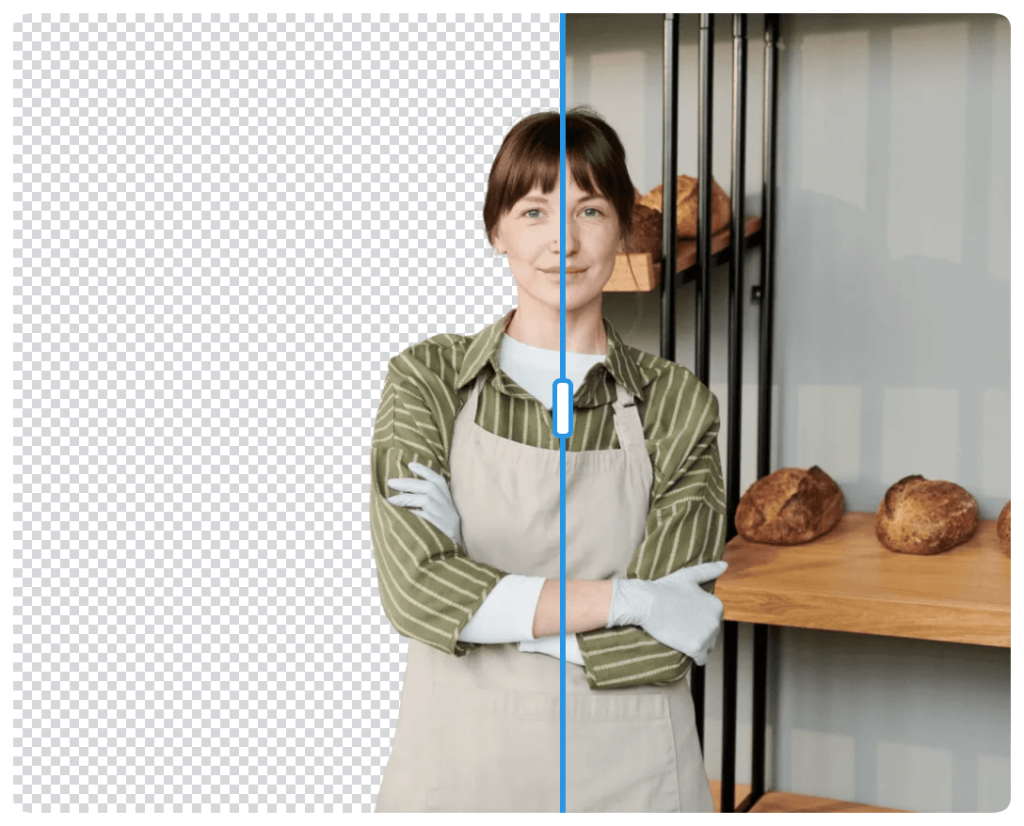
Some of the best free AI background removal tools include:
- Removebg
- VistaCreate
- Clipping magic
- Photoscissors
This type of AI tool will drastically improve designer productivity, and let them focus on less mundane tasks that require creativity and not hours of scrupulous work.
4. Virtual influencers might become more accessible
As the world further descends into the Metaverse, the digital realm, virtual influencers become more and more popular.
There are several benefits virtual influencer marketing has over traditional influencer marketing:
More control over reputation
Brands can keep their name clean, as they can better manage the values and messages they project via the virtual influencers they work with.
Higher engagement rates
Virtual influencers tend to have higher engagement rates than traditional influencers. According to stats, the reasons why people subscribe to virtual influencers online are as follows:
- 26.6% are interested in the content virtual figures post online
- 18.6% are fascinated by the storytelling
- 15.5% claim virtual influencers inspire them
- 15.5% discover new music through virtual influencers
- 12.1% enjoy the avatar aesthetic
- 11.8% like to interact with digital characters online
Virtual influencer marketing gives you a competitive advantage and positions you in the market as a high-tech, trendy, cutting-edge brand.
Just a few years ago, this niche was relatively small and empty, dominated by several huge names like Lil Miquela, Guggimon, and Shudu.
Today, however, the situation is changing rapidly — more and more companies are developing their own virtual influencers to represent their brand in the Metaverse.
For example, the luxury fashion brand Prada created the virtual influencer Candy to become the new face of the Prada Candy perfume:

But as technology advances, you no longer have to be a big brand with a huge budget to create a virtual influencer of your own.
Thanks to AI face generation tools like TL-GAN, you can design a custom hyper-realistic photo of a human that has never existed before:
With this in mind, designers will no longer have to spend ages drawing a realistic image of a human to represent a brand online — they can simply feed a couple of parameters into the AI system, and get a fresh face for their next campaign.
5. Everyone will be capable of becoming an artist
Beware illustrators around the world: there’s now an AI tool that can turn simple brushstrokes into realistic landscape images.
Yes, you read that right: software can now transform your doodles into professional-looking illustrations, even if you weren’t originally blessed with the gift of drawing and painting.
This is NVIDIA Canvas, ladies and gentlemen.
@karenxcheng Well this is impressive. And the app is free 🤯 download link in bio #nvidiacanvas #art ♬ original sound – Karen X
NVIDIA Canvas is limited to landscapes only, but we predict there will be more and more tools letting people create all kinds of images in the future.
While this will kill off the lower end of the market — there will no longer be any entry barriers, which means virtually anyone with a creative idea and access to AI tools will be capable of bringing their idea to life.
To stay competitive, more designers will require additional knowledge and expertise to contribute in multidisciplinary contexts, which can potentially lead to increasingly exotic specializations.
At the same time, you must remember that not every idea is a good idea. To be able to create something major, you need to possess a creative vision. And since we’ve already touched on the topic of skilled designers…
6. The reign of design superstars will continue
AI will help designers explore numerous variations of designs in just a fraction of the time needed for it today, leading to an immense increase in productivity and the amount of content produced.
But when there’s a lot of something, it becomes expendable.
Right now, when AI-generated designs are still something new, there’s a lot of public resonance around them — everyone wants a bite of a trendy, innovative concept.
However, as soon as we get satiated with them, AI designs will decrease in value, and the trend will bounce back to human-centric design.
A great analogy to illustrate this point would be handmade clothes. We can easily mass-manufacture clothes with the help of machines, but the most valuable garments are those custom-created by people.
While we can’t predict when exactly that is going to happen, we can reassure you that design superstars capable of surprising the public with completely novel ideas will stay in demand regardless of the circumstances.
You may also be interested in these articles:
- What are the Main Types of Artificial Intelligence and How to Use Them?
- What is the Role of AI Influencers in Digital Marketing Strategy?
- A Guide to How to Become a Freelance Graphic Designer
To sum up: What does the rise of AI technology mean for designers?
The rapid advancement of AI technology is bound to make the work of designers significantly easier.
Thanks to various AI-based tools, designers will be able to work with images of all kinds, regardless of whether they are low-quality or high-quality.
They also won’t have to waste their time on laborious, repetitive tasks like background removal, and will have the opportunity to explore more creative ideas while applying minimum effort.
All in all, AI will increase designer productivity and open up a lot of new opportunities for them.
But will it take jobs away from designers? The simple question is no.
While AI is, indeed, a powerful tool for image generation, image editing, and illustration, it’s still only a tool that needs a person behind it to work properly.
Designers will still need to use their creativity and design-thinking skills to come up with new concepts and ideas that they’ll be able to bring to life.
And whenever you need designers to create your brand visuals, WriterAccess is your solution. By the way, our platform offers not only designers but also writers, strategists, editors, and translators, all in one place.
While AI can assist these professionals, their expertise and skills are still crucial in bringing your vision to life.
Experience the full potential of WriterAccess by trying it free for 14 days. See firsthand what our creative professionals can do to elevate your business!
